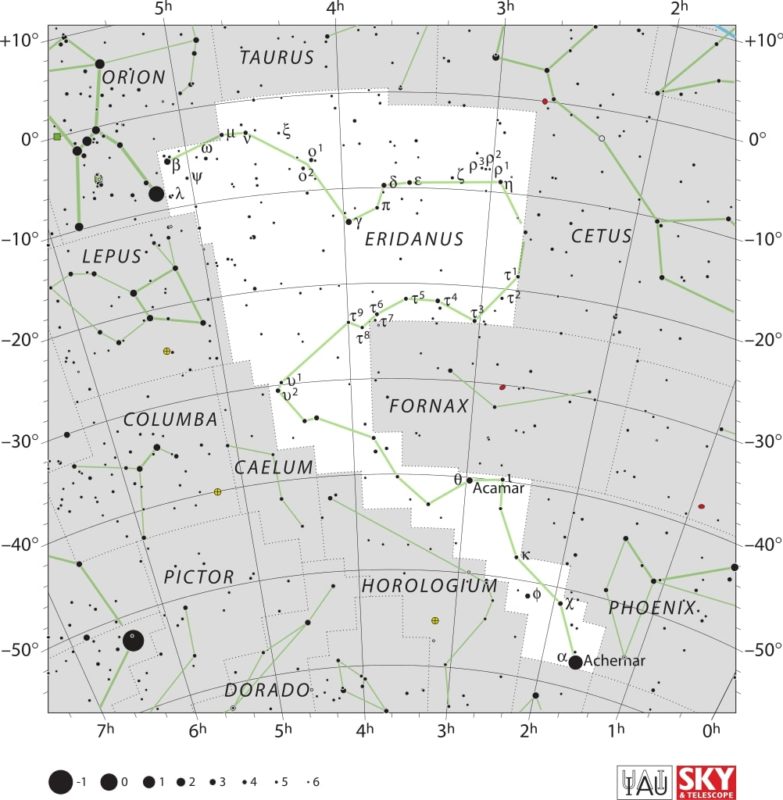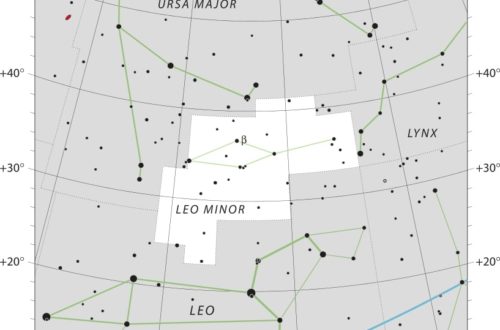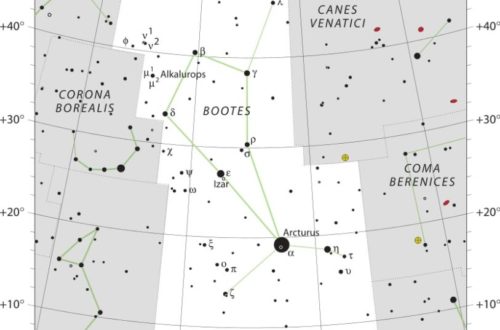Epsilon Eridanid Meteor Shower Viewing Tips

The Epsilon Eridanid meteor shower is a variable annual shower active from September 10 to 14. It peaks on September 12 with variable hourly rates. To track trends, note moon phase, radiant altitude, and sky quality.
The radiant point is located near the star Epsilon Eridani. Use a star map or an app to find the constellation of Eridanus. Meteors appear to emanate from the radiant but may traverse any portion of the sky at the speed of 59 km/s.
Viewing Guide
Think about the prime nights and shoot for achievable targets. The Epsilon Eridanids are a low-rate shower, so patience counts. Consult your local forecast and Moon phase ahead—a bright Moon is the most disruptive.
Ideal Locations
Select low light pollution sites; compare options with dark-sky maps that display sky quality.
Prefer the Southern Hemisphere or low northern latitudes for a greater radiant altitude. Open fields or coastal flats with an uncrowded southern horizon fare well.
Mountains can reduce air mass. Steer clear of local glare from roads or farm lights.
Essential Gear
Bring a lounge chair or heavy blanket. Lie flat to span a large swath of sky. Don’t forget warm layers, snacks and water. Temperature can get chilly before the sun comes up.
Keep dark adaptation with a red-light flashlight. A paper star chart or phone app in red mode gets you to confirm the radiant and plan fields of view.
Binoculars are optional–they won’t increase meteor tallies but assist in framing the star field.
Visibility Forecast
Forecast quality hinges on three inputs: lunar phase, sky conditions, and site brightness.
Lunar Phase
A brilliant Moon washes out dim meteors, including the Epsilon Eridanid meteor shower, and slashes success rates. Watch the phase around the anticipated maximum. A thin crescent can count if it rests near the source, increasing background brightness. If the Moon sets prior to sunrise, plan to observe during the dark period after moonset and before dawn. New Moon weeks are optimal, boosting the numbers of shooting stars.
Weather Impact
Cloud, fog and high thin cirrus suppress detection by increasing sky brightness and obscuring low-contrast tracks. Humid air and aerosols squish contrast and can lower the effective magnitude limit by 1–2 mag, slashing rates.
If storms or rain are predicted on peak night, slide to the closest clear window during the activity period. Small off-peak changes usually triumph a foggy peak. Record transparency, seeing, humidity, and cloud fraction in a log to juxtapose against your counts. This aids in parsing if a low count was inherent or weather driven.
Light Pollution
Urban glare significantly diminishes the visibility of shooting stars, including the Epsilon Eridanid meteor shower, as it reduces the limiting magnitude and washes out most celestial phenomena. To enhance your stargazing experience, consult light pollution maps to find dark locations within reasonable travel. Protect yourself from direct lights and stay away from phone screens — dark adaptation takes 20–30 minutes. Support local dark-sky initiatives, as sustained reductions outweigh any single strategy.
Conclusion
The Epsilon Eridanids keep a low profile but reward with patient eyes and a dark sky. Short bursts here and there. Swish, white, blue. Well worth watching.
To schedule a stargazing outing, select a location with dark skies and a clear southern horizon. Take a chair, some warm clothes, and hot tea. Keep screens dim. Let your eyes acclimate for at least 20 minutes. Follow the radiant along Eridanus to the south.
Need more sky time? Form a neighborhood posse, pick a date and head out to nab the next clear eve.
Frequently Asked Questions
What is the Epsilon Eridanid meteor shower?
The Epsilon Eridanid meteor shower, a minor shower radiating from the constellation of Eridanus, produces modest rates with swift, faint meteors best seen after local midnight.
When is the Epsilon Eridanids most active?
Activity of the Epsilon Eridanid meteor shower peaks on September 12.
Can I see it from cities?
To enhance your experience of viewing the Epsilon Eridanid meteor shower, locate the darkest local point, shield stray lights, allow your eyes to adjust for 20–30 minutes, and avoid bright screens.
Do I need special equipment?
No. Use your vision to spot the Epsilon Eridanid meteor shower. A reclining chair, warm clothes, and an expansive clear view assist in observing shooting stars.
See also:
- Previous meteor shower: September Epsilon Perseid Meteor Shower
- Next meteor shower: Chi Cygnid Meteor Shower
Would you like to receive similar articles by email?





